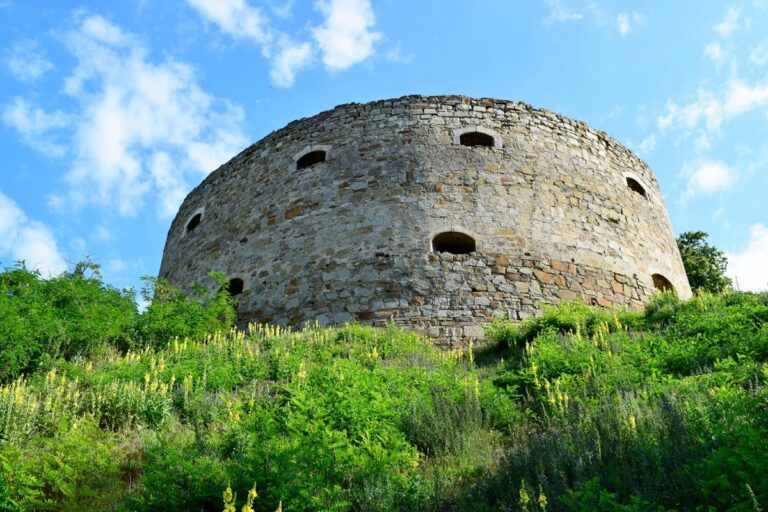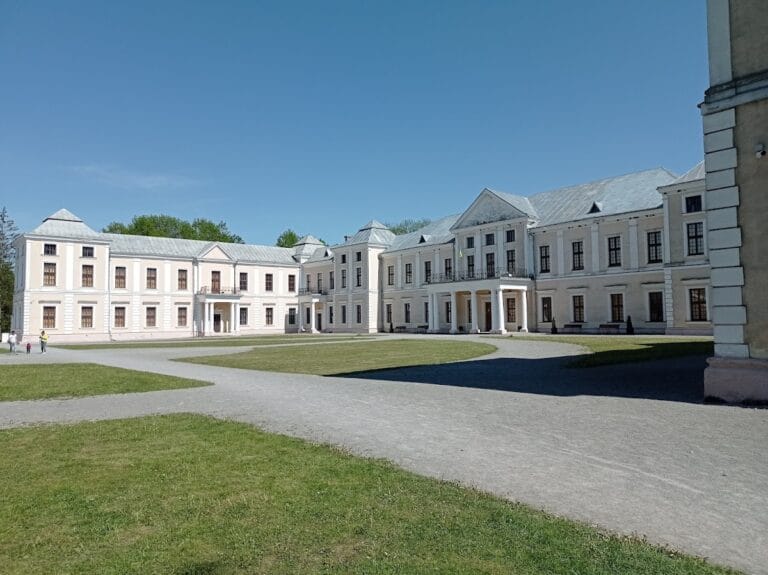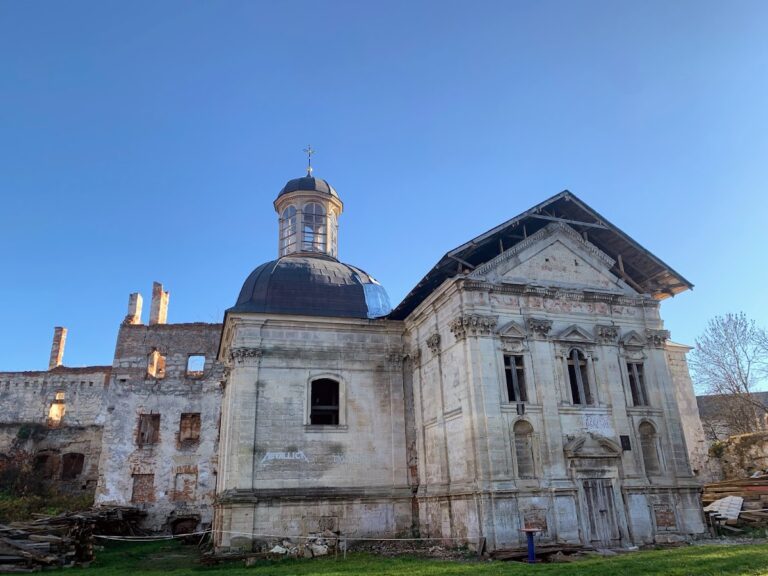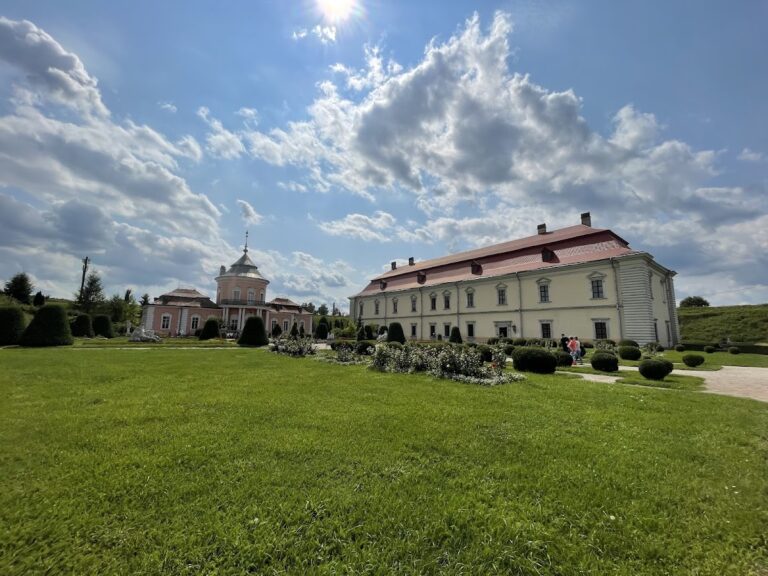Ternopil Castle: A Historic Fortress in Ukraine
Visitor Information
Google Rating: 4.5
Popularity: Medium
Google Maps: View on Google Maps
Country: Ukraine
Civilization: Unclassified
Remains: Military
History
Ternopil Castle is situated in the city of Ternopil, Ukraine, and was established by Polish builders during the period of the Kingdom of Poland. Its creation was tied to the need to defend the southeastern frontier against frequent Tatar raids.
The castle’s foundation dates to the years between 1540 and 1548 when Jan Amor Tarnowski, a high-ranking military commander known as the Hetman of the Polish Crown, obtained authorization from King Sigismund I the Old to build a fortress. Designed to fortify the borderlands, its position by the Seret River in a marshy terrain was carefully chosen for defensive advantages. A dam and levee were constructed to form the Ternopil Pond, which added a natural barrier on some castle sides. In its earliest centuries, the castle functioned both as a military stronghold and as a residence for the Tarnowski family.
Over time, the castle passed into the hands of other distinguished noble families. Through marriage, the Zamoyski family came to possess it, notably via Katarzyna Ostrogska. Ownership later included the Sobieski and Potocki families, each adding to the castle’s heritage. During its history, Ternopil Castle withstood repeated attacks by Tatars, notably in the years 1544, 1575, 1589, and 1672. These raids tested the castle’s defenses, while in 1675 it suffered a severe assault by Ottoman forces led by Ibrahim Shishman Pasha. This invasion resulted in the burning of the castle and the destruction of its towers, which were never reconstructed thereafter.
In the 19th century, Count Franciszek Korytowski transformed the castle by stripping away much of its medieval fortifications. He replaced the old defensive walls with new masonry and erected a three-story building known as the “New Castle” on the southern side of the site. The castle’s function shifted as well; after being sold to the city in 1843, it was used by Austrian troops as military barracks. Fires in 1873 and 1875 inflicted additional damage, and during World War I, in 1917, retreating Russian forces set fire to the castle again.
Between 1926 and 1931, the castle underwent restoration. It was repurposed to host a Polish Officer Cadet Reserve School and became the headquarters for the Baborovski Scientific Committee, which housed a collection of valuable manuscripts. During World War II, the castle served as one of the last defensive positions for German forces in the region. Subsequent battles led to heavy damage inflicted by the Red Army. After the war, many of the ruined sections, particularly the New Castle and remaining fortifications, were demolished to make way for a hotel and other modern structures.
The older, original section of the castle was rebuilt in 1956 and adapted as a sports center with facilities for wrestling. Since 2015, this part of the complex has housed the Museum of the City of Ternopil. Archaeological investigations carried out around 2007 and 2017 have uncovered structural remains and artifacts spanning from the 14th century through the 20th century. The castle remains a potent emblem of Ternopil’s history and has appeared on the city’s coat of arms since 1992. Notably, the underground tunnels connected to surrounding religious sites have been accessible to the public since 2016.
Remains
The original layout of Ternopil Castle was formed by a rectangular enclosure featuring a residential palace and protecting walls arranged in a square pattern. Constructed in the mid-16th century, the walls were built from stone and included two rectangular towers positioned on the ramparts, known historically as the Kushnirska and Shevska towers. These towers served defensive purposes, equipped with embrasures—small openings through which defenders could fire weapons.
On the eastern side, the castle was guarded by a stone gatehouse that featured a drawbridge operated by a chain mechanism, enabling controlled passage over a dry moat. The moat separated the castle from the growing city and was reinforced by an earthen embankment topped with an oak palisade. The western and southern flanks of the fortress enjoyed natural protection from water, bordered by the artificial Ternopil Pond and the meandering Rudka River. To the north, marshy floodplains created an additional natural barrier.
The main residential building reflected the uneven terrain, rising three floors above ground level on the city-facing side while revealing two underground levels where it met the steep pond bank. These subterranean parts were lined with two rows of embrasures, allowing defenders to fire and observe. The western section included casemates, which are fortified gun emplacements, as well as storage rooms and a prison within the foundations, featuring firing slits for defense. Adjacent to the main structure were supporting buildings such as a bakery, kitchen, and stables.
The castle’s arsenal was housed predominantly within the defensive towers. It contained a variety of weapons and ammunition, including cannons, early firearms like arquebuses and muskets, along with gunpowder, cannonballs, and lead. The construction employed thick walls, measuring between 2.5 and 4.5 meters, providing significant resistance against attacks.
During the 19th-century reconstruction, the medieval fortifications were removed, replaced by masonry walls of different design. A new, three-story wing—the “New Castle”—was added on the southern side, alongside a newly built gate. This gate featured narrow wickets (small doors) and two masonry pylons adorned with Egyptian-style decorative elements and painted coats of arms representing the owning families.
Today, the surviving parts of the structure mainly consist of the lower basement sections of the original castle, reflecting the various phases of reconstruction that altered both the exterior appearance and interior layout. The castle is notable for an underground network of passageways connecting it with neighboring churches, monasteries, and synagogues. Some of these tunnels may extend beneath the pond towards the suburban area called Zagrebelia.
Archaeological excavations in recent decades have uncovered portions of the castle’s western and southeastern walls, along with artifacts spanning a wide historical range from the 14th to the 20th centuries. In the 1950s, a pavilion was established by the pond side, which later became part of a leisure complex. The site where the 19th-century New Castle once stood is now occupied by the modern Ternopil hotel, marking the layered history of this enduring fortress.










